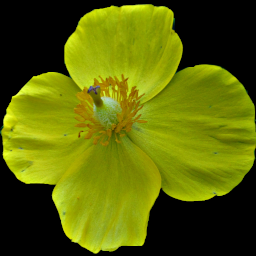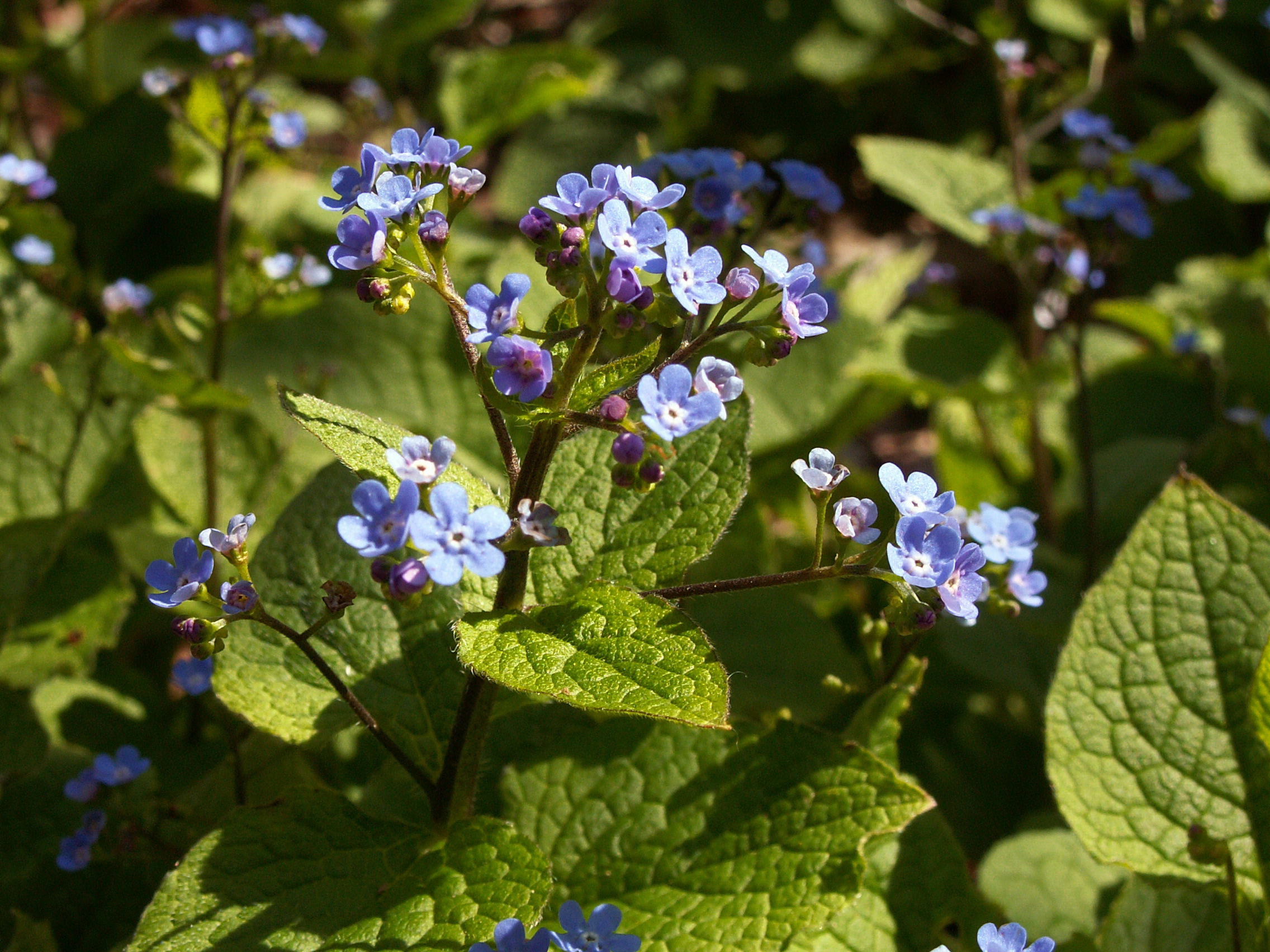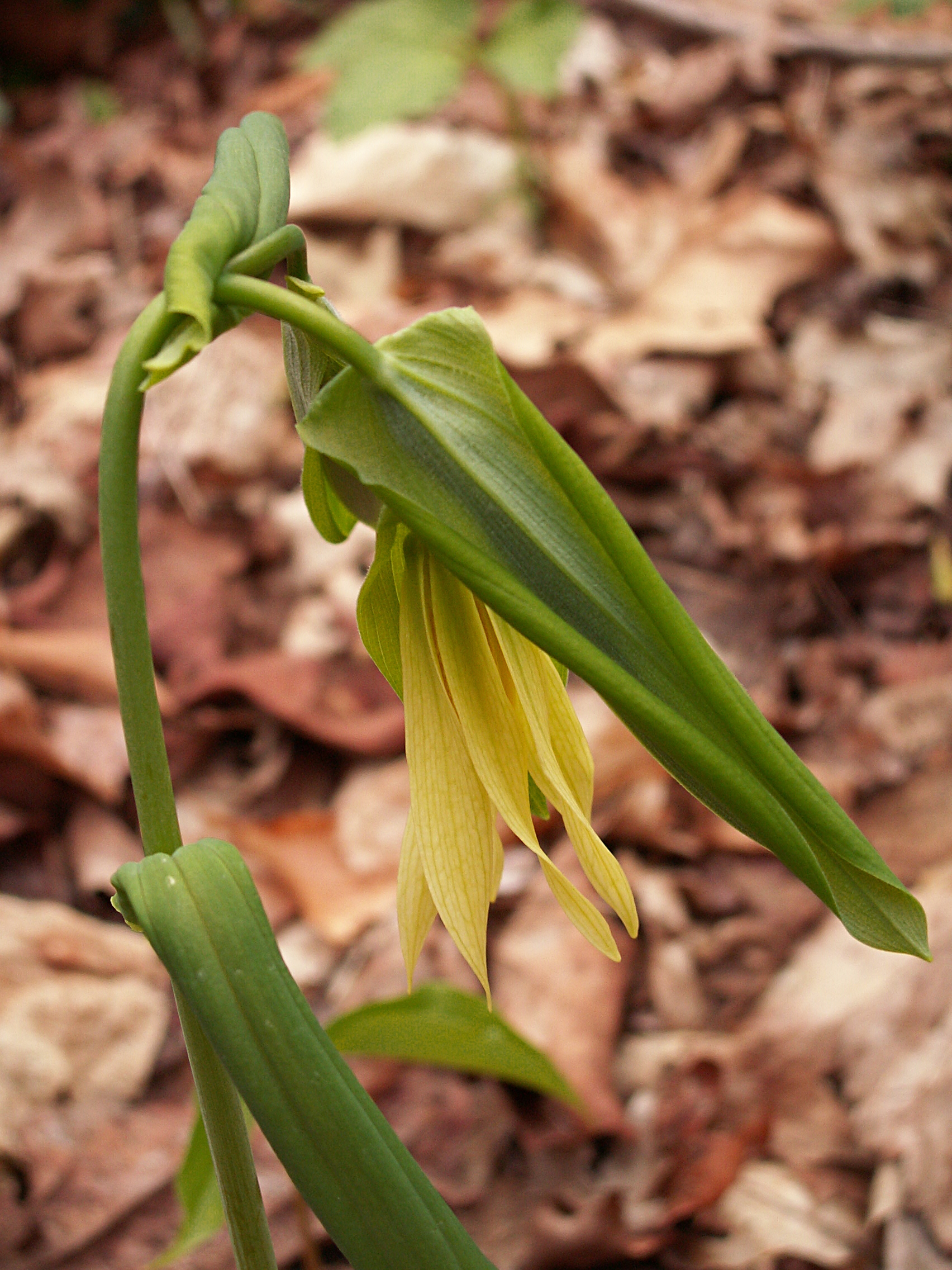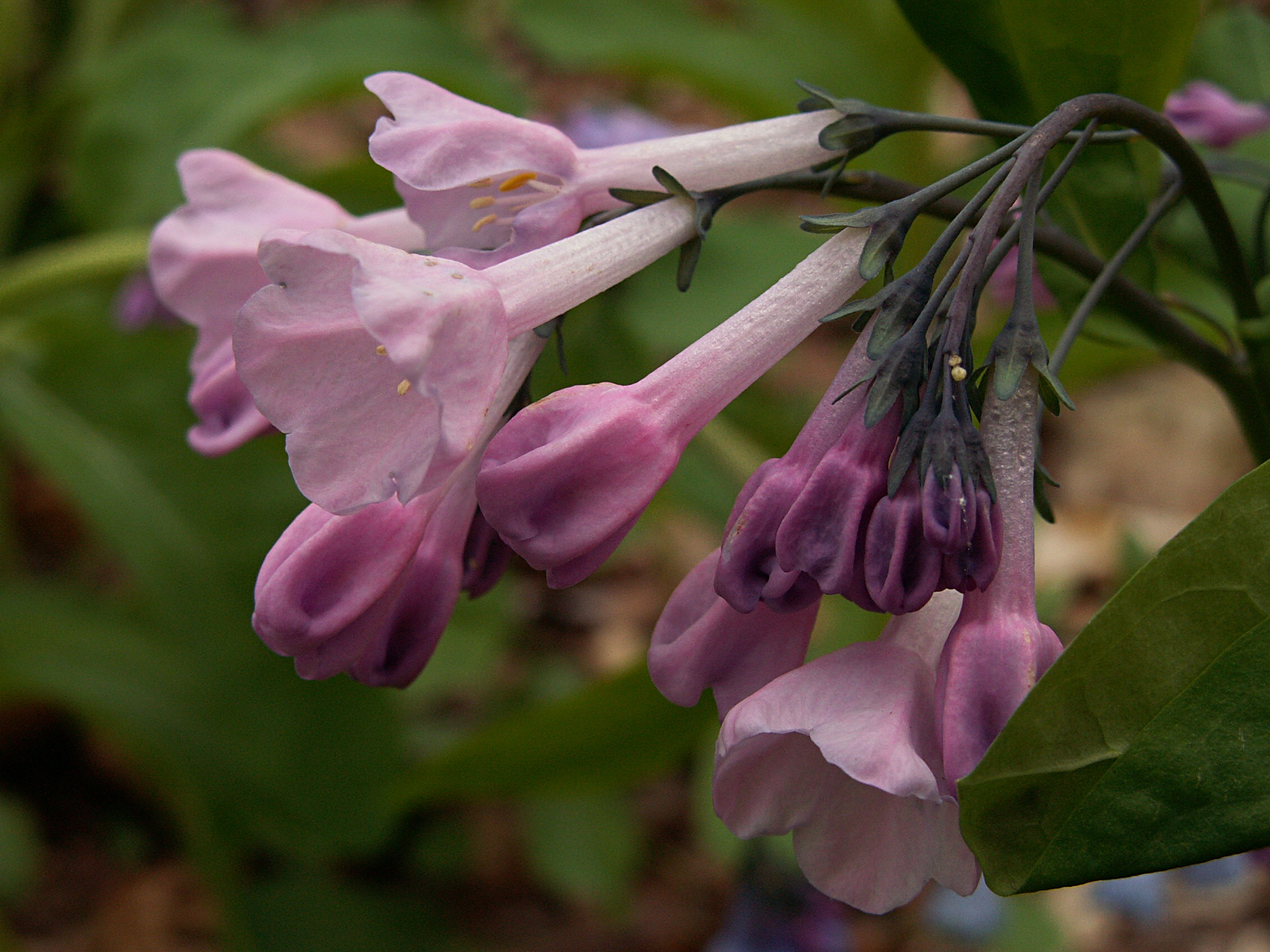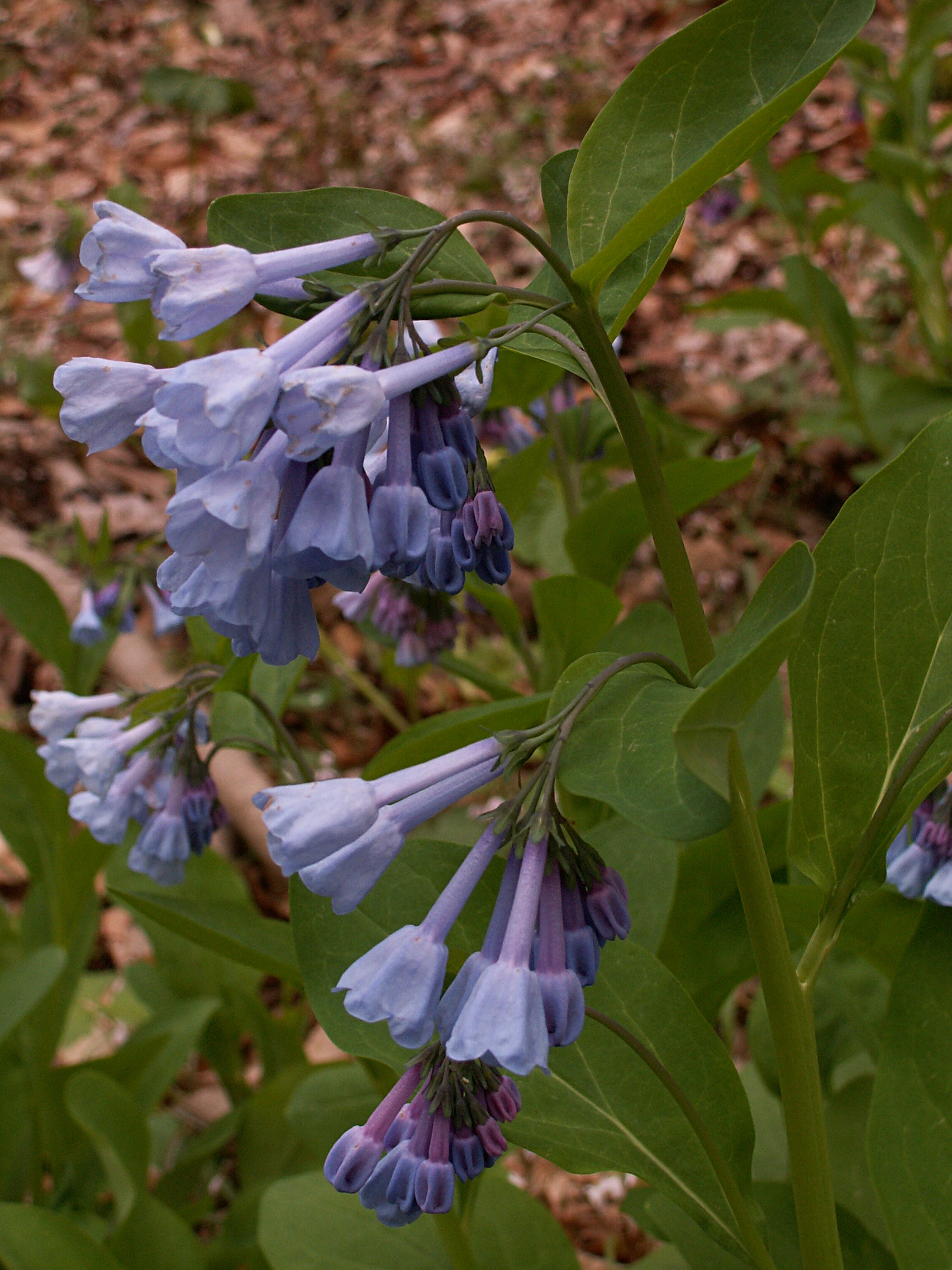
It is hard to sort out violets, and there is no agreement even among competent botanists about this one. The current fashion seems to be to identify it as a variety of Viola pubescens (var. scabriuscula), but it is still often identified as a species in its own right, sometimes as Viola scabriuscula or Viola eriocarpon.
Gray lists this as Viola scabriuscula; others as V. pubescens var. scabriuscula or V. eriocarpa.
VIOLA [Tourn.] L. VIOLET. HEART’S-EASE. Revised By E. Brainerd. Petals somewhat unequal, the lower one spurred at the base. Stamens closely surrounding the ovary, often slightly cohering with each other; the two lower bearing spurs which project into the spur of the corolla. Besides these conspicuous blossoms, which appear in spring, others are produced later, on shorter peduncles or on runners, often concealed under the leaves; these never open nor develop petals, but are fertilized in the bud and are far more fruitful than the ordinary blossoms. —The closely allied species of the same section, when growing together, often hybridize with each other, producing forms that are confusing to the student not familiar with the specific types. The hybrids commonly display characters more or less intermediate between those of the parents, and show marked vegetative vigor but greatly impaired fertility. (The ancient Latin name of the genus.)
Plants with leafy stems.
Style capitate, beakless, bearded at the. summit; spur short; stipules entire, the lower more or less scarious.
Stems few, mostly erect, not leafy below.
Petals yellow.
Sparingly pubescent; root-leaves usually 1-2; stem-leaves rarely over 7 cm. wide.
V. scabriuscula Schwein. (SMOOTH YELLOW V.) Similar to the preceding [V. pubescens], with which it intergrades; the more pronounced forms have commonly 2-4 stems and 1-3 radical leaves from one rootstock, the stems shorter and more leafy, the leaves smaller and sparingly pubescent to glabrate, the time of flowering earlier; flowers, capsules, and seeds as in the preceding [petals purple-veined, the lateral bearded; sepals narrowly lanceolate, acute; apetalous flowers abundant in summer on short peduncles; capsules ovoid, glabrous or woolly ; seeds light brown, large, nearly 3 mm. long]. Moist thickets, often in heavy soil, e. Que. to L. Winnipeg, and southw.


